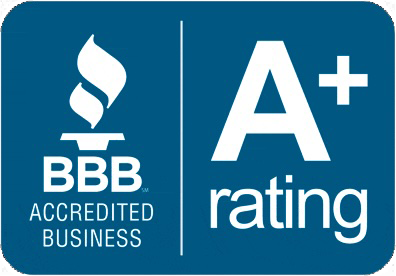Add Cybersecurity Planning to Vacation Prep
by Jon Lober | NOC Technology
Lock your doors—and your data—before leaving.

When you leave for vacation, you probably make sure the stove is turned off and set your thermostat to “away” mode. If you feel a bit antsy about an empty house, you might also give your neighbors the heads-up and leave that light on in the living room (even if you know you that you’re not fooling anyone).
Unfortunately, now you have something else to worry about. Summertime scammers.
Though summer might give you the chance to get away from your office, it gives cybercriminals the chance to get into your accounts. As normal business and personal routines become disrupted, we become more likely to fall for scams. You, nor your colleagues, nor your employees, are immune.
In a previous post, we looked at some common summertime scams. Now we are going to look at some ways to protect you, your family, and your business from common seasonal frauds.
Red Flags
Travel-related scams have become increasingly diverse throughout the years. As you research your next trip, keep your antennas up for the following red flags that could indicate that you might be planning your next headache instead of your next vacation.
- Payment requests through Western Union, Venmo, direct deposit, crypto, or an escrow account. Only pay through credit cards on mainstream sites.
- Anything that seems too good to be true probably is. Free trips or incredible deals are far more likely to be a phisherman’s lure than an actual enjoyable time.
- Sob stories or pushing for immediate payment once you have made a reservation.
- Free vacation offers are never free. They will either charge you later or steal your personal information.
- Requests to navigate away from a mainstream, reputable travel site for payment or further information.
- Scant or general details about a deal. If someone offers a “five-star” stay at a “luxury” resort but cannot or will not give you further information about the specifics, you should be alarmed.
- Emails requesting financial transactions from your boss while they are on vacation including changes in payment details, deposits, transfers, or gift card purchases.
Summertime Cybersecurity Tips
Scammers are constantly inventing new ways to steal your information and hard-earned money. Here are a few ways to foil their attempts.
- Use a reputable VPN when you travel. Good VPNs (Virtual Private Networks) can save you from many of the common hacking techniques that bad actors use to steal your information when you are traveling. You should even consider using one when planning your trip. Using a VPN while you plan can prevent the advertising overlords behind the internet from learning your travelling intentions, which could in turn be used by hackers in a targeted scam.
- Avoid using untrusted networks while you travel; stick to cellular data if you can. If you absolutely must use a public network at some point while you travel, use a reputable VPN in conjunction with an incognito or private browsing tab to access the internet.
- Do not use free convenience services while traveling. Avoid free Wi-Fi, free public charging stations, and free VPNs.
- Stay up to date with current cybersecurity awareness training. Ongoing awareness training combined with penetration attempts and phishing simulations can keep the most vulnerable portions of your business at their sharpest. A trustworthy MSP should be able to do this for you or make a recommendation.
- Avoid including personal details about your vacation in emails or social media posts. Written communication and unnecessary details about your trip can be used to fuel a BEC attempt. Consider how you configure your OOO (out of office) replies to make sure that they are not an additional source of information for cybercriminals.
- Only book travel through reputable, mainstream websites. Make sure all communication and payment stay on the official website and refuse any attempts to be drawn offsite for additional information or alternate payment types. These requests are the digital version of being lured down a dark alley towards a mugger.
- Pick up the phone and call your boss if you are ever asked to carry out a financial transaction while they are away on vacation. Refuse to carry out any such requests until you speak with them live on the phone. Though such a call could frustrate them in the moment, once they realize that you have avoided a financial catastrophe, we can assure you that they will be glad that you called.




